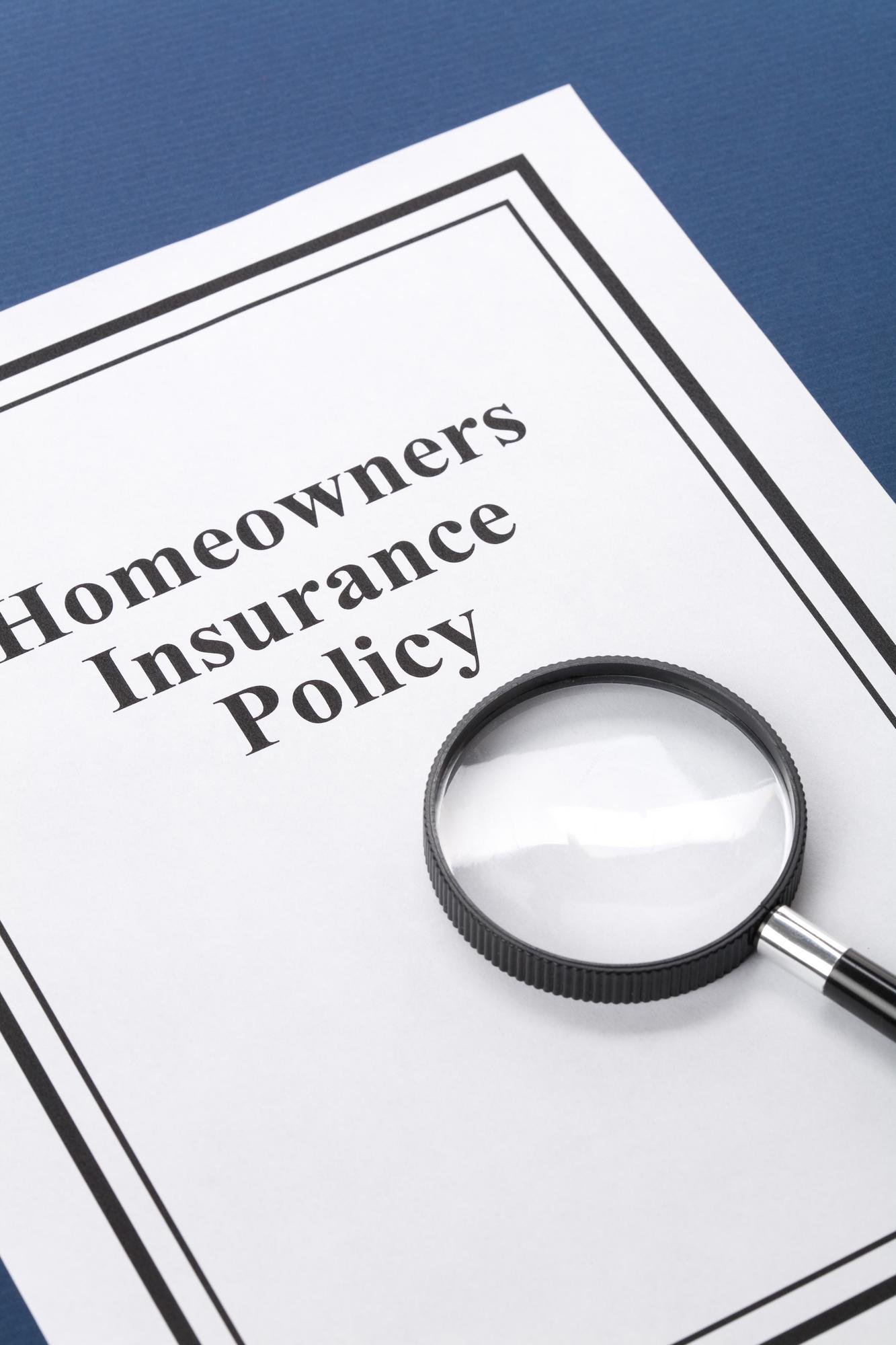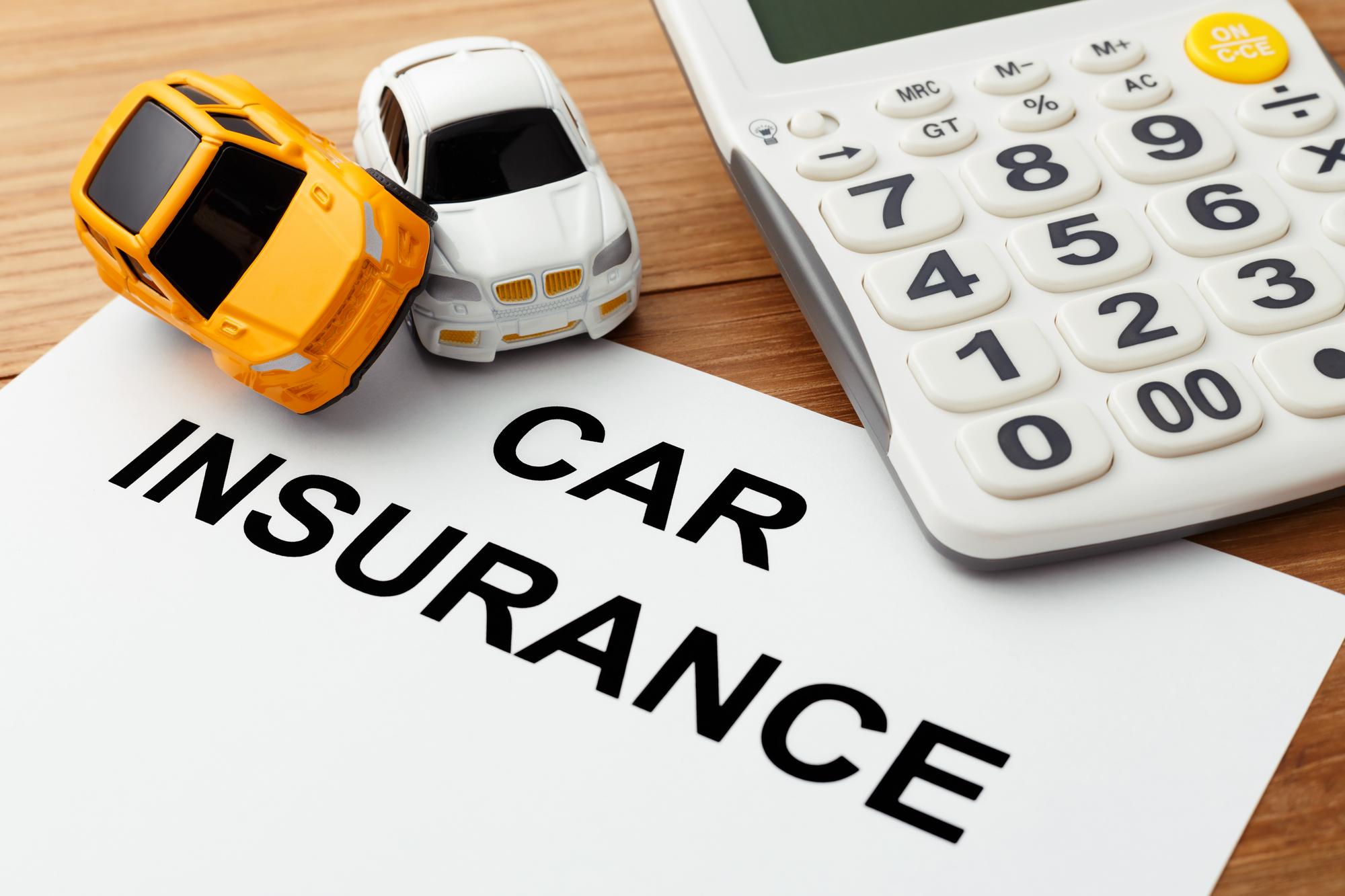
Who doesn’t want a lower auto premium? Here are five tips to keep your premiums as low as possible without sacrificing important coverages.
- Ask about special discounts
Do you have winter tires on your vehicle? How about a theft prevention device? These details can add up to significant savings. Be sure to ask your broker about any special discounts or programs to maximize your savings
- Bundle up!
Many companies offer a multi-policy discount for clients who place their property and auto insurance with the same insurer. This can save you up to 15% off your premium. When getting a quote, be sure to advise your broker of any property policies you have as this can impact your quote.
- Shop around
When your renewal lands in your mailbox this year, don’t be afraid to find out what other brokers have to offer. The insurance market is always changing and what was a good price five years ago may not be so hot today. Contact brokers in your area to see what each can offer. You may find a lower price – or peace of mind that the policy you have is the right one for you
- Stay collision and conviction-free
This is the most important tip of all. Careful driving habits are the most effective way to keep your premiums down. Companies love to see conviction-free and collision-free drivers, so much so, that many offer conviction free and good driving discounts.
- Ask about Driving Record Protection
Obviously, accidents do happen. That’s why we’re here! But did you know that a single collision can affect your auto insurance premium for six years or more?
The Driving Record Protection endorsement is an optional coverage offered by certain companies. It is designed to protect your driving record if you do find yourself in an at-fault collision. This means the good rate you’ve earned over the years is kept intact and you can breathe easy knowing your premium won’t fly through the roof on the next renewal.
Contact your broker today to find out if you’re eligible for this endorsement.



